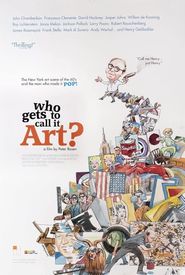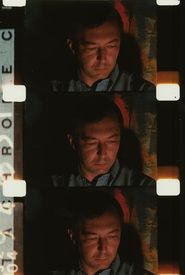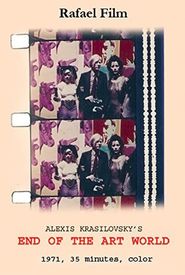Jasper Johns' artistic journey began in 1947 when he enrolled at the University of South Carolina, where he studied until 1948. He then transferred to a private art school in New York, where he honed his craft from 1949 to 1952. Following his graduation, Johns served in the military for two years, during which time he also traveled to Japan, an experience that would later influence his artistic style.
After his military service, Johns returned to New York and befriended artist Robert Rauschenberg, with whom he explored the city's art scene. In 1952, he became acquainted with John Cage's circle, a group of artists and musicians who were pushing the boundaries of modern art. Initially, Johns' work was influenced by Abstract Expressionism, but he soon turned away from this style and began to focus on depicting everyday objects, such as cans and targets, in his art.
This shift in style was marked by the creation of his iconic flag paintings, which he first exhibited in a solo show in the late 1950s. These works, executed in oil or encaustic, featured bold, graphic images of flags, targets, and other ordinary objects that were elevated to the status of art. The separation from Abstract Expressionism was complete, and Johns' flag paintings raised important questions about the nature of art and the relationship between the viewer and the viewed.
In the early 1960s, Johns began to experiment with three-dimensional assemblages, combining different objects and materials to create unique sculptures. He also continued to work with oil paint and encaustic, using these mediums to add texture and depth to his pieces. In 1960, he was awarded the Carnegie Prize at the Pittsburgh Biennale, a recognition of his innovative approach to art.
The 1960s were a pivotal decade for Johns, during which he began to explore the technique of lithography and traveled to Hawaii and Japan. In 1964, he was honored with the first prize at the Venice Biennale, a prestigious international art exhibition. His later work continued to evolve, incorporating elements of Pop Art and Minimal Art, as well as his own unique style, which emphasized the use of everyday objects and materials.
Throughout his career, Johns has been recognized with numerous awards and accolades, including the Carnegie Prize, the Venice Biennale's first prize, and the National Medal of Arts. He has also been the subject of numerous retrospectives and exhibitions, cementing his status as one of the most important artists of the 20th century.
Today, Johns continues to live and work in New York and Saint-Martin, where he has maintained a studio for over 30 years. His influence can be seen in the work of countless artists who have followed in his footsteps, and his legacy continues to inspire and shape the art world.























